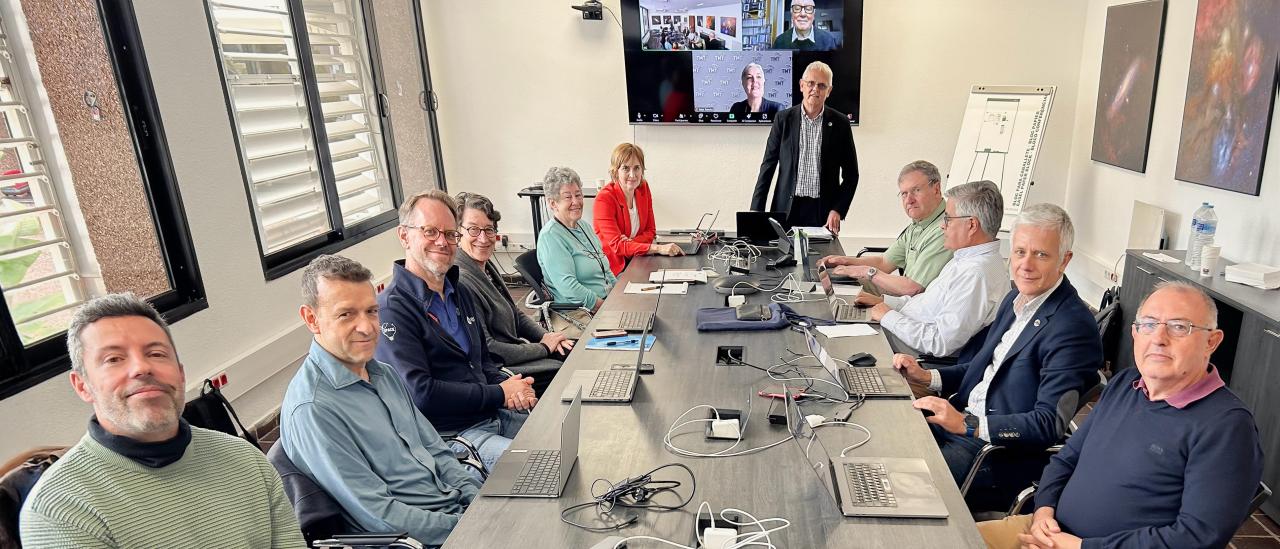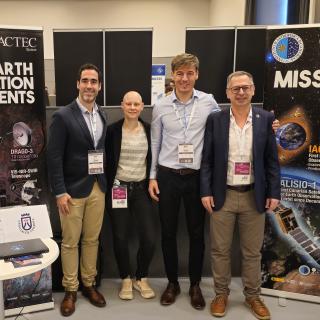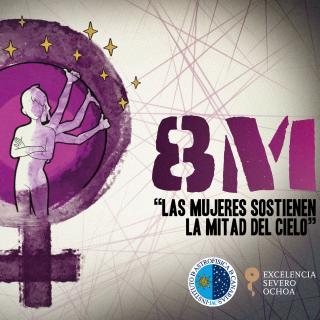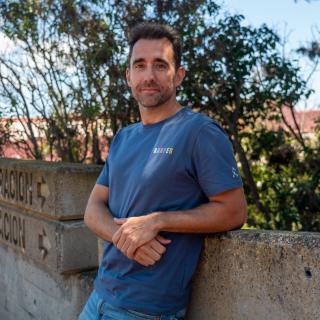From Thursday, May 8th, to Friday, May 9th, the Canary Islands Institute of Astrophysics (IAC) is hosting the meeting of the Research Advisory Committee (CAI). This is the center's highest advisory body on research and analyzes its scientific and technological output.
At this meeting, the director, Valentín Martínez Pillet, will present the center's main scientific and technological milestones, as well as a proposal for future lines of action. The director will also be joined by Eva Villaver, deputy director of the IAC; Romano Corradi, director of Gran Telescopio Canarias; Jonay González, research coordinator; Artemio Herrero, teaching coordinator; and Marcos Reyes, head of the Instrumentation Division.
The CAI is made up of internationally renowned scientific staff: Álvaro Giménez Cañete, CSIC; Malcolm Longair, Experimental Astrophysics Cavendish Laboratory; Catherine A. Pilachowski, Indiana University; Nancy A. Levenson, Space Telescope Science Institute; Bart De Pontieu, Lockheed Martin Solar & Astrophysics Laboratory; Markus Kissler-Patig, European Space Astronomy Centre; Gelys Trancho Lemes, Gelys Trancho, TMT International Observatory (TIO). Cañete and Longair are concluding their tenure at the CAI and are participating in this meeting to report on their work as its leaders. Phil Charles, from the University of Southampton, will also participate in the meeting to discuss matters related to the GTC.
This advisory committee is mandated to evaluate the center's activities and make recommendations. To this end, the director presents the committee with the IAC's scientific activity, the excellent results published in peer-reviewed journals in 2024, and associated activities in the form of international scientific meetings organized directly by the IAC, including conferences, schools, and workshops; in addition to seminars organized by the IAC. In addition, the director presents some of the center's technological advances, such as the work on improvements to the GTC's adaptive optics system and the development of the laser guide star.
This advisory committee is mandated to evaluate the center's activities and make recommendations. To this end, the director presents the committee with the IAC's scientific activity, the excellent results published in peer-reviewed journals in 2024, and associated activities in the form of international scientific meetings organized directly by the IAC, including conferences, schools, and workshops; in addition to seminars organized by the IAC. In addition, the director presents some of the center's technological advances, such as the work on improvements to the GTC's adaptive optics system and the development of the laser guide star.
The meeting also reviewed the IAC's key financial and human resources figures. Finally, the meeting participants shared data on the center's communication and outreach activities. Highlights include educational and outreach activities, which reach a direct audience of more than 100,000 people, with educational projects such as PETER, COSMOLAB, Cien Lunas Cuadradas, and IAC POP, among others; and an indirect audience of 1.9 billion users through the media and social networks.



